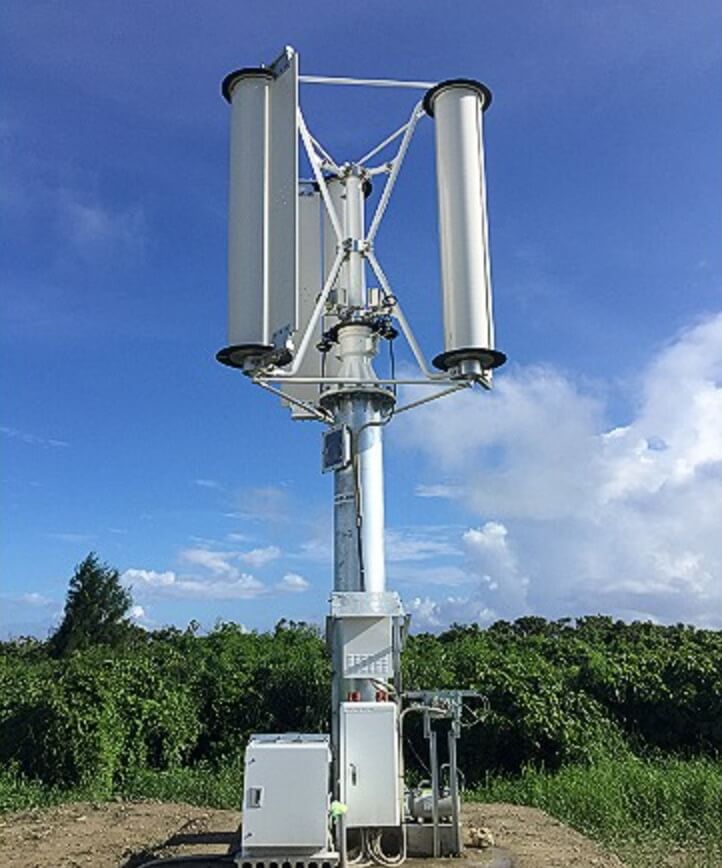- Get link
- X
- Other Apps

What is Japan famous for? Anime, manga, cat cafes, robots, and even typhoons. And if the former bring money and joy to the population, then typhoons bring only death and serious damage to the infrastructure. Nevertheless, one Japanese engineer asked himself the question: what if we tried to find at least some benefit from this all-destructive natural phenomenon? This is how the project of a wind turbine appeared, capable of curbing the power of these catastrophic storms and turning it into useful energy. If the project proves its viability, then the energy from only one typhoon can be enough for Japan for 50 years!
The inventor of the world's first typhoon turbine — an amazingly sturdy construction that can not only withstand the most powerful forces generated by typhoons, but also convert this force into useful energy — is Atsushi Simizu. Engineer's calculations show that if there are several such turbines, they will be able to generate so much electricity from the energy of a single typhoon that it is enough for the people of Japan for 50 years.

Simizu shows model of his typhoon turbine
Considering that at the moment Japan is experiencing some shortage of electricity (as a result of the disaster at the Fukushima nuclear power plant in 2011), the idea proposed by the engineer can be very useful.
“In fact, Japan is able to rely more on wind energy, rather than solar, if we talk about alternatives. But for some reason we are not using it very actively, ”said Simizu in an interview with CNN.
Simizu is actually right in his statements. This year alone, Japan has already experienced 6 typhoons. The engineer is the founder of the company Challenergy, engaged in research and development of alternative energy sources, and believes that Japan has the potential to become a "wind superpower."

Typical turbine working prototype
Typhoon turbine is different from the usual in two important aspects. First, they use an omnidirectional axis to enable the machine to withstand different wind directions. Secondly, the speed of the blades of such turbines can be adjusted taking into account the wind speed in order to prevent the destruction of the structure.
The efficiency of the compact prototype of the typhoon Simizu turbine was 30 percent, which is about 10 percent lower than the conventional blade turbines currently used in many countries. Nevertheless, the main difference of the Japanese turbine from all others, of course, lies in the fact that it is able to survive the storm. Simizu notes that in 2013, Typhoon Yusagi destroyed eight conventional turbines and damaged as much. His installation could have survived this catastrophic natural phenomenon.
A functioning prototype was installed near Okinawa at the beginning of this summer. The next step is to test the device in strong wind conditions. In other words, a typhoon is needed.
It is not yet completely clear how the typhoon energy received will be transmitted and accumulated. Perhaps it will be transferred directly to the power plant, or first stored in huge battery installations. But the engineer promised to solve this issue.
The article is based on materials .
- Get link
- X
- Other Apps
Comments
Post a Comment